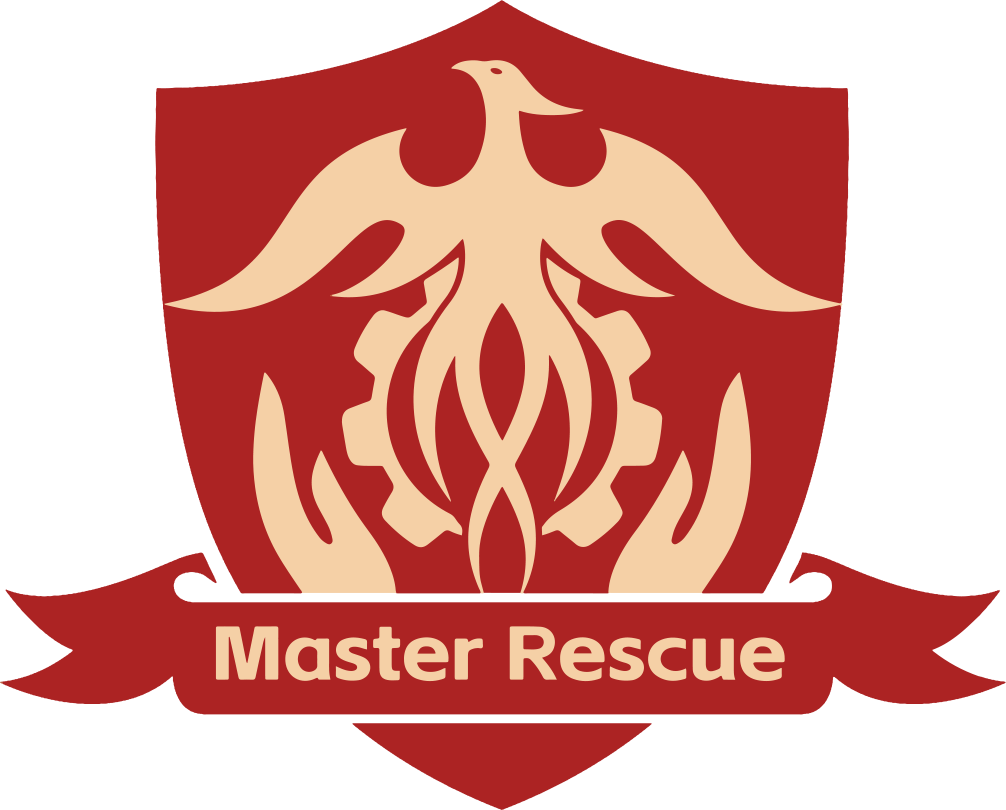Having a first aid chest seal in your trauma kit is more than just a good practice—it’s an essential part of ensuring survival in cases of chest injuries. Whether you’re a first responder, military medic, or civilian prepared for emergencies, this small device plays a critical role in life-saving care. Here’s why it should be part of every trauma kit:
- Life-Saving in Critical Moments
Chest wounds can deteriorate rapidly, leading to life-threatening conditions like pneumothorax or tension pneumothorax. The first aid chest seal addresses these complications immediately, allowing air to escape while preventing additional air from entering, thus stabilizing the patient during the most crucial moments. - Portable and Practical
The compact design of the chest seal makes it easy to carry in any first aid kit or emergency medical pack. It doesn’t take up much space but offers significant protection when you need it most. Its simplicity means it can be deployed quickly in high-pressure, chaotic situations. - Versatile for Various Types of Trauma
From gunshot wounds to industrial accidents or car crashes, the first aid chest seal can be applied to manage a variety of chest injuries. This versatility ensures that you’re prepared for almost any emergency involving chest trauma, whether it’s in a remote wilderness setting or a crowded urban environment. - Non-Complicated Use
No advanced medical knowledge is required to apply a first aid chest seal. Whether in the field, on the battlefield, or during a family emergency, this product is designed for ease of use. With a few simple steps, you can provide immediate relief to a patient, even if you’re not a trained medical professional.
When to Replace a First Aid Chest Seal
A first aid chest seal is meant to provide immediate stabilization, but there are situations where you might need to replace it:
- If the Seal Becomes Dislodged
During patient transport, especially in moving vehicles or during physical activity, the seal may come loose. In this case, you should immediately replace it with a fresh chest seal to maintain the airtight seal and ensure the patient’s condition does not worsen. - If the Seal Fails to Maintain an Airtight Seal
If you notice any signs that air is entering through the edges of the seal or the wound itself is leaking, it’s important to replace the seal with a new one. The effectiveness of the chest seal relies on it being completely airtight. - If the Patient’s Condition Worsens
Although the chest seal can help prevent complications, if the patient’s condition worsens—such as signs of hypoxia, increasing difficulty breathing, or shock—it may require additional interventions, including the application of a chest tube by medical professionals. - If There Are Signs of Infection
Since the chest seal is applied to an open wound, it’s crucial to monitor the wound for any signs of infection, including redness, swelling, or discharge. If infection is suspected, the seal may need to be replaced, and the wound should be properly cleaned and dressed.
First Aid Chest Seal: An Essential Addition to Emergency Kits
When planning for emergencies—whether in a professional medical environment or as part of personal preparedness—the importance of a first aid chest seal cannot be overstated. It ensures that chest injuries are properly sealed and air is managed, stabilizing the patient until they can receive more advanced medical care.
As part of a broader trauma care strategy, the first aid chest seal is vital for:
- First responders who need to manage chest wounds in chaotic environments.
- Military personnel who face chest injuries from gunshots, blasts, and shrapnel.
- Emergency medical teams that must treat a variety of trauma cases in urban, rural, or disaster settings.
- Individuals in high-risk environments, such as outdoor adventurers, athletes, or construction workers.
Conclusion: Be Prepared for the Unexpected with a First Aid Chest Seal
In any situation involving chest trauma, a first aid chest seal is a simple yet incredibly effective tool that can save a life. By preventing air from entering the pleural cavity and allowing air to escape, it reduces the risk of life-threatening complications like pneumothorax and tension pneumothorax. Its easy application and portability make it a must-have in any trauma kit.
The ability to quickly apply a chest seal in the critical moments following a chest injury can dramatically improve survival chances. Whether you’re responding to a battlefield injury, an industrial accident, or an everyday emergency, having a first aid chest seal on hand ensures you’re ready to handle life-threatening situations with confidence.
